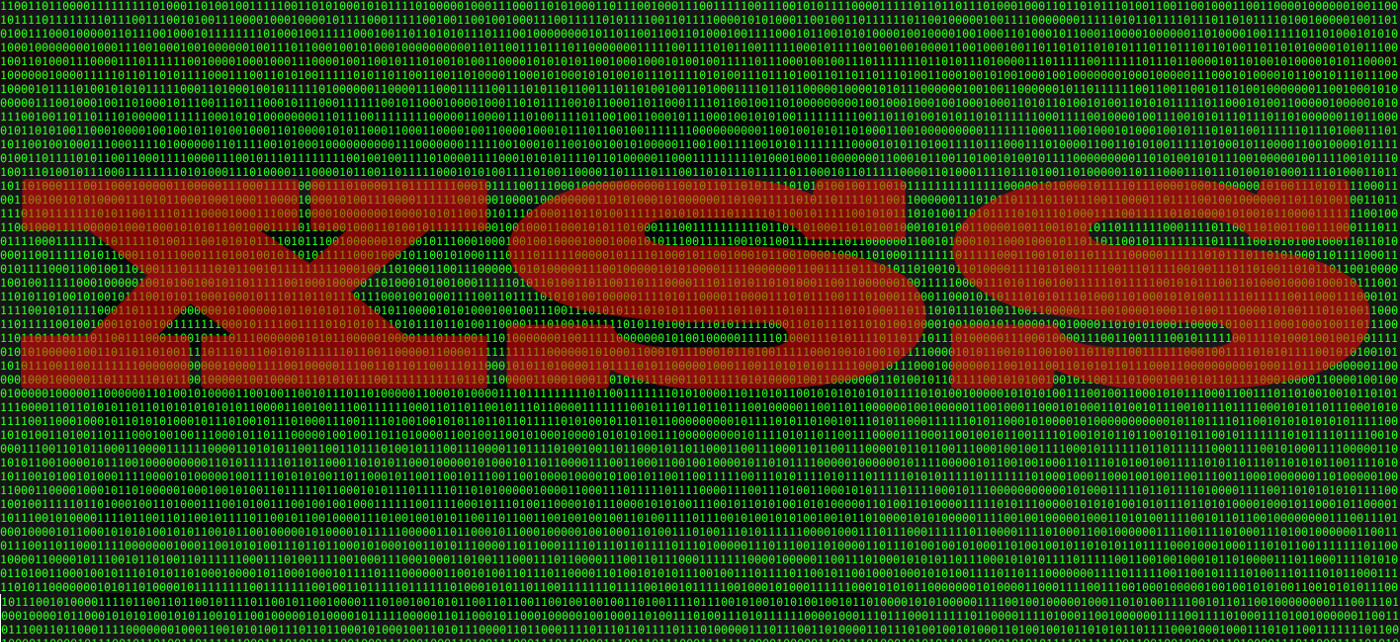Intro
The AJAX paradigm really launched the web into primetime some 10+ years ago, but now its almost expected. Now it’s a ubiquitous part of the web landscape. Most web apps now resemble an ‘app’ in regards to their UX and users ‘expect’ content to dynamically update without a page refresh. In the past, we have used some great tools like jQuery to cobble together a basic app to interact with our page and an AJAX backend, but a framework like AngularJS adds some sanity and structure to what could have been a mess of spaghetti code.
The most common use cases for AJAX are dynamic content and form interactions. For example, if you have a large list of tabular data, you can load it via AJAX to show your basic page to a user without having to render the table on the server. Forms can be validated with JS and sent to the server in the ‘background’ so the user doesn’t have to leave the page. There are MANY other use cases for AJAX, but I think this covers the majority you will encounter when developing a web app.
HTTP / XHR
Most browsers you will encounter, or your clients will use, will have access to the HTTP API known as XHR (it’s safe to assume that anything above IE 5.6 will allow you access to this API). While some browsers offer Fetch support, I will skip that for the purposes of this blog post.
AngularJS Services
In general, you will provide AJAX access via a service. Services are a part of the Dependency Injection patten that makes AngularJS so modular. Creating a piece of code that allows you to encapsulate all actions that make AJAX calls allows for better re-use and easier testing.
Observables vs Promises
Too often used tools/patters for working with asynchronous data structures are Observables and Promises. While you may be familiar with Promises as a pattern, and most likely have used something like promises in the past, Observables are a pretty new concept to me.
In short, Observables are “a push based collection” using the observer pattern. Put simply, this is a queue of objects with some amazing manipulation methods and hooks to allow you to detect when something occurs within the queue. It’s pretty great for dealing with a dataset that needs to be lazy loaded or can possibly get updated in the life cycle of the application.
Here is a simple example based on the angular.io Hall of Heros example showing an observable request:

A promise is “a way to define actions or computations once an async event completes”; an observable is “way to define computations or actions that happen when one or more events in a stream occur”.
Here is a simple example based on the angular.io Hall of Heros example showing an promise based request:

The key take away from comparing these two tools: observables and promises are both great tools for async programming like AJAX, but observables are more like a stream of data than a ‘one time request of data’. We’ll touch more on this in future blog posts.
Here are some code examples that borrow very heavily from the HTTP Client example found on the Angular.io site.
Code Example: Promise
http://plnkr.co/edit/aB69cfM5soJzz9SPf1e7
Code Example: Observable
